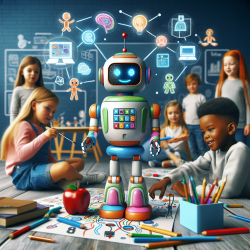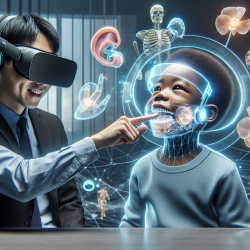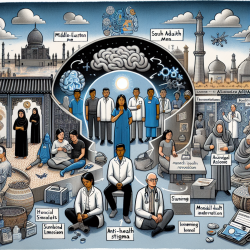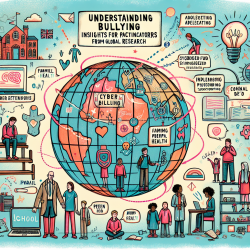As practitioners dedicated to fostering creativity in children, it is crucial to stay informed about the latest research and tools that can enhance our educational strategies. One groundbreaking study, "Social Robots as Creativity Eliciting Agents" by Ali et al., offers valuable insights into how social robots can be utilized to boost creativity in young learners. Here, we explore the key findings and practical applications of this research for enhancing creative outcomes in children.
Understanding the Research
The study conducted by Ali et al. investigates how social robots can serve as creativity support tools (CSTs) for children aged 5-10. The researchers focused on two main interaction patterns:
- Creativity Demonstration: The robot exhibits creative behaviors that children can emulate.
- Creativity Scaffolding: The robot supports children’s creative thinking by asking reflective questions, providing challenges, and offering positive reinforcement.
Key Findings
The study utilized three playful and collaborative tasks to evaluate the efficacy of these interaction patterns:
- Droodle Creativity Game: This game encourages verbal creativity by having children and the robot generate humorous titles for abstract images. Results showed that children interacting with a robot exhibiting high verbal creativity demonstrated significantly higher creativity than those interacting with a less creative robot.
- MagicDraw Game: This task promotes figural creativity through co-creating drawings on a tablet. Children who collaborated with a robot displaying high figural creativity produced more creative drawings compared to their peers working with a less creative robot.
- WeDo Construction Task: In this activity, children and the robot co-create LEGO models, focusing on constructional creativity. The study found that children who received creativity scaffolding from the robot exhibited higher creativity, generating more original and varied ideas.
Practical Applications for Practitioners
Based on these findings, practitioners can implement the following strategies to enhance creativity in children:
- Integrate Social Robots: Utilize social robots in classroom activities to model creative behaviors and provide scaffolding. This can include tasks that involve verbal, figural, and constructional creativity.
- Focus on Reflective Questioning: Encourage children to think deeply about their creative processes by asking reflective questions and posing challenges. This can help children develop metacognitive skills and enhance their creative thinking.
- Provide Positive Reinforcement: Offer consistent positive feedback to children when they display creativity. This validation can boost their confidence and encourage further creative exploration.
Encouraging Further Research
While the findings from this study are promising, it is essential to continue exploring how social robots and other innovative tools can support children's creativity. Practitioners are encouraged to conduct their own research and share their experiences to contribute to the growing body of knowledge in this field.
To read the original research paper, please follow this link: Social Robots as Creativity Eliciting Agents.










